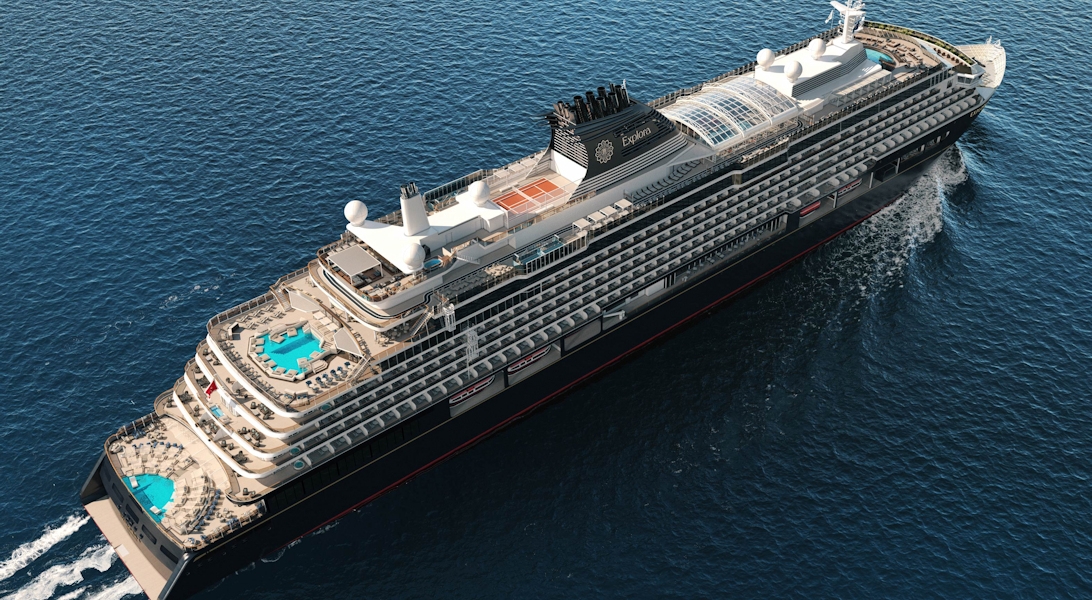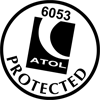| | | | | Arrive | Depart |
| 16th16 | JulJul | 202727 | Vancouver, British Columbia, Canada, embark on the EXPLORA III | | 17:00 |
Vancouver is a delicious juxtaposition of urban sophistication and on-your-doorstep wilderness adventure. The mountains and seascape make the city an outdoor playground for hiking, skiing, kayaking, cycling, and sailing—and so much more—while the cuisine and arts scenes are equally diverse, reflecting the makeup of Vancouver's ethnic (predominantly Asian) mosaic. Vancouver is consistently ranked as one of the world's most livable cities, and it's easy for visitors to see why. It's beautiful, it's outdoorsy, and there's a laidback West Coast vibe. On the one hand, there's easy access to a variety of outdoor activities, a fabulous variety of beaches, and amazing parks. At the same time, the city has a multicultural vitality and cosmopolitan flair. The attraction is as much in the range of food choices—the fresh seafood and local produce are some of North America's best—as it is in the museums, shopping, and nightlife.Vancouver's landscaping also adds to the city's walking appeal. In spring, flowerbeds spill over with tulips and daffodils while sea breezes scatter scented cherry blossoms throughout Downtown; in summer office workers take to the beaches, parks, and urban courtyards for picnic lunches and laptop meetings. More than 8 million visitors each year come to Vancouver, Canada's third-largest metropolitan area. Because of its peninsula location, traffic flow is a contentious issue. Thankfully, Vancouver is wonderfully walkable, especially in the downtown core. The North Shore is a scoot across the harbor, and the rapid-transit system to Richmond and the airport means that staying in the more affordable ’burbs doesn't have to be synonymous with sacrificing convenience. The mild climate, exquisite natural scenery, and relaxed outdoor lifestyle keep attracting residents, and the number of visitors is increasing for the same reasons. People often get their first glimpse of Vancouver when catching an Alaskan cruise, and many return at some point to spend more time here. Surrounded by mountains, vibrant Vancouver is a haven for outdoor enthusiasts and cosmopolitan adventurers alike. Meandering oceanside pathways surround eclectic neighbourhoods – Stanley Park, the West End, Gastown, Yaletown, Chinatown. A major global city, it is renowned for its cultural diversity and thriving art, theatre, music and food scenes. Its perfectly picturesque setting makes it popular filming location – with old-growth cedar forests, mountains covering 75% and two-thirds of Canada's bird species and land mammals. A big, bustling city perched on the edge of wilderness. |
| 17th17 | JulJul | 202727 | At Sea | | |
| 18th18 | JulJul | 202727 | Ketchikan, Alaska, United States | 08:00 | 16:00 |
Ketchikan is famous for its colorful totem poles, rainy skies, steep–as–San Francisco streets, and lush island setting. Some 13,500 people call the town home, and, in the summer, cruise ships crowd the shoreline, floatplanes depart noisily for Misty Fiords National Monument, and salmon-laden commercial fishing boats motor through Tongass Narrows. In the last decade Ketchikan's rowdy, blue-collar heritage of logging and fishing has been softened by the loss of many timber-industry jobs and the dramatic rise of cruise-ship tourism. With some effort, though, visitors can still glimpse the rugged frontier spirit that once permeated this hardscrabble cannery town. Art lovers should make a beeline for Ketchikan: the arts community here is very active. Travelers in search of the perfect piece of Alaska art will find an incredible range of pieces to choose from.The town is at the foot of 3,000-foot Deer Mountain, near the southeastern corner of Revillagigedo (locals shorten it to Revilla) Island. Prior to the arrival of white miners and fishermen in 1885, the Tlingit used the site at the mouth of Ketchikan Creek as a summer fish camp. Gold discoveries just before the turn of the 20th century brought more immigrants, and valuable timber and commercial fishing resources spurred new industries. By the 1930s the town bragged that it was the "salmon-canning capital of the world." You will still find some of Southeast's best salmon fishing around here. Ketchikan is the first bite of Alaska that many travelers taste. Despite its imposing backdrop, hillside homes, and many staircases, the town is relatively easy to walk through. Favorite downtown stops include the Spruce Mill Development shops and Creek Street. A bit farther away you'll find the Totem Heritage Center. Out of town (but included on most bus tours) are two longtime favorites: Totem Bight State Historical Park to the north and Saxman Totem Park to the south. Kichx̱áan, as the First People named her, fuses the largest collection of authentic totem poles with outrageous outdoor adventures. Cast for salmon and cook your catch at a wilderness campsite; cycle rainforests; paddle in calm waters to meet the locals: harbour seals, humpback whales, and bald eagles. Scout remote coves to witness bears, orcas and to smell, touch, and truly feel the beauty of the forest. |
| 19th19 | JulJul | 202727 | Hoonah, United States | 10:00 | 18:00 |
| 20th20 | JulJul | 202727 | At Sea | 09:00 | 13:00 |
| Massive and magical, Hubbard is considered the mother-of-all tidewater glaciers in North America. Taller than a 30-storey building (above water). Larger than the state of Rhode Island. The marvel is also the most active, with ice chunks regularly sloughing off in massive dimensions. The thunderous roar of cracking ice echoes against a stellar backdrop with five of the ten tallest peaks in America. The most magical moment you’ll ever enjoy on deck. |
| 21st21 | JulJul | 202727 | Valdez, Alaska, United States | 09:00 | 16:00 |
| Witness five glaciers — Valdez, Shoup, Columbia, Meares, Worthington — as they spill their loads of ice directly into super-scenic Prince William Sound. The encircling mountains and thundering waterfalls give this tiny town the moniker of the “Switzerland of Alaska”. Walk trails that disappear into lush forests; paddle alongside Puffins; go with the flow whilst rafting the chalky blue Lowe River, Valdez has it all. Bears, Bald Eagles, Trumpeter Swans, even Rufous Hummingbirds from as far away as Mexico all flock here. |
| 22nd22 | JulJul | 202727 | Kodiak, Alaska, United States | 10:00 | 18:00 |
Today, commercial fishing is king in Kodiak. Despite its small population—about 6,475 people scattered among the several islands in the Kodiak group—the city is among the busiest fishing ports in the United States. The harbor is also an important supply point for small communities on the Aleutian Islands and the Alaska Peninsula.Visitors to the island tend to follow one of two agendas: either immediately fly out to a remote lodge for fishing, kayaking, or bear viewing; or stay in town and access whatever pursuits they can reach from the limited road system. If the former is too pricey an option, consider combining the two: drive the road system to see what can be seen inexpensively, then add a fly-out or charter-boat excursion to a remote lodge or wilderness access point.Floatplane and boat charters are available from Kodiak to many remote attractions, chief among them the Kodiak National Wildlife Refuge , which covers four islands in the Gulf of Alaska: Kodiak, Afognak, Ban, and Uganik. |
| 23rd23 | JulJul | 202727 | Seward, Alaska, United States, disembark the EXPLORA III | 07:00 | |
It is hard to believe that a place as beautiful as Seward exists. Surrounded on all sides by Kenai Fjords National Park, Chugach National Forest, and Resurrection Bay, Seward offers all the quaint realities of a small railroad town with the bonus of jaw-dropping scenery. This little town of about 2,750 citizens was founded in 1903, when survey crews arrived at the ice-free port and began planning a railroad to the Interior. Since its inception, Seward has relied heavily on tourism and commercial fishing. It is also the launching point for excursions into Kenai Fjords National Park, where it is quite common to see marine life and calving glaciers. |

